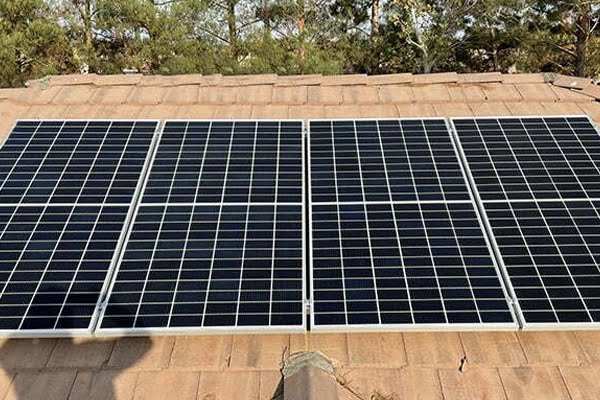Battery production delays are affecting demand for the Tesla Powerwall leading many homeowners to consider other options to store their energy. LG, one of the global leaders in consumer electronics began their R&D in solar technology in the mid 1980’s. Today, as a premium solar manufacture, their modules are among the highest in demand and efficiency. With over 172 patents in solar related areas and the trend in storage, LG officially announced their energy storage solution, LG Chem RESU 10H for residential homes.
How Battery Storage Works
With SGIP incentives available, there’s no better time to purchase an energy storage system. Battery allows properties to collect energy from both a solar system and the utility which then can be stored and discharged at times when solar is no longer produce energy, such as during the night. With stored energy, a home will be protected from any high peak rates. As long as there’s stored energy, battery will be the second in line power source helping to eliminate energy typically delivered by the utility. Charging an electric vehicle at night with stored energy from a battery is a great way to keep costs low and become more independent from the grid.

LG Chem RESU 10H
LG Chem and the Tesla Powerwall
Just like the Tesla Powerwall, LG Chem RESU is an AC energy storage system (with an internal DC converter). This means that you’ll be able to install the battery and integrate it with a pre-existing solar system. Both batteries include a 10 year manufacturer warranty and have a compact design that make it easy to install as either a floor-standing or wall-mounted system for indoor and outdoor settings.
LG Chem RESU 10H has a usable energy output of 9.3Kwh. The Tesla Powerwall offers 13.5kWh of output while both have 5kW max power. To put this into context, average family home uses about 30 kilowatt hours of energy per day. Average home solar system (6.6kW DC) will produce 17kwh per day with fully charged battery contributing to about a third of your energy needs.
How To Choose The Right Battery Storage System
If you’re shopping to purchase a battery storage system, consider the following factors:
- Your home’s energy consumption
- Your solar system’s production
- The capacity of the battery storage unit
When it comes to purchasing battery storage you’ll want how much energy you use in addition to how much solar you produce. Your utility bill is a great tool to determine how much energy your home needs beyond what your solar system can generate and deliver in excess to the grid. By adding up the kWh you’ve received from the grid and subtracting that number with how much solar you produced during the same time-frame, you’ll know exactly how much additional energy you’ll want to offset with battery storage. While analyzing your bill, be sure to review how much energy you consume during the high or low peak hours of the day. This will give you an idea of the type of battery capacity you’ll need when solar is not producing. By tracking your solar system’s production on a monthly, weekly, and daily basis, you’ll have a better understanding of how a battery storage unit will contribute to your energy savings and use. This way you’ll have a idea of which battery to purchase.
If you are unsure how to analyze your energy use or need help on how to monitor your solar production, contact us and speak with a consultant to further assist you. It’s our job to help you meet your energy goals.





